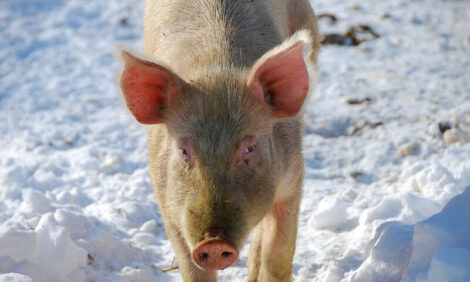



USDA 10-year crop, livestock projections: US farmers to plant less corn, more wheat and soy for 2022/23 season
US farmers are likely to reduce corn acreage while expanding soybeans and wheat acres for the upcoming crop marketing year, the USDA said on Friday.










